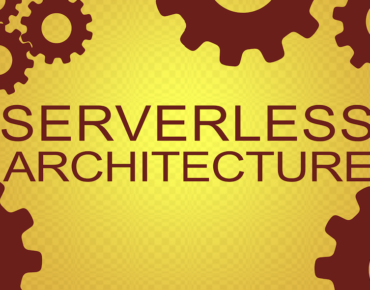Cloud-Native Group Promotes Rules for Serverless Computing

hafakot/Shutterstock
Serverless computing, a cloud framework in which a host provider allocates resources as needed rather than charging upfront for dedicated capacity, is emerging as a viable enterprise option for cloud-native workloads.
A white paper on serverless technology released this week by the Cloud Native Computing Foundation (CNCF), seeks to establish some ground rules for the nascent market. “Serverless is the natural evolution of cloud-native computing,” said Chris Aniszczyk, the foundation’s COO. Nevertheless, the group warns that a lack of serverless interoperability and standards among cloud providers foreshadows “vendor lock-in.”
Leading cloud vendors Amazon Web Services (NASDAQ: AMZN), Google (NASDAQ: GOOGL) and IBM (NYSE: IBM) are represented on the CNCF working group that released the serverless survey on Wednesday (Feb. 14), along with representatives from Docker, Huawei (SHE: 002502), the Israeli data analytics startup Iguazio, Red Hat (NYSE: RHT) and VMware (NYSE: VMW). The working group is headed by a MasterCard (NYSE: MA) executive.
First things first, the study defines serverless computing as a framework for building and running applications that do not require server management. The white paper describes a “finer-grained deployment model” where applications are “executed, scaled, and billed in response to the exact demand needed at the moment.”
As in the case of application containers, servers as still required to run a serverless platform. A service provider still needs to manage virtual machines and application containers along with servers.
In an evolutionary sense, however, the shift to cloud-native applications has accelerated infrastructure virtualization to the point where tasks such as provisioning, scaling and capacity planning are “completely abstracted away from the developers and IT [and] operations teams,” CNCF notes.
The foundation, which hosts cloud native projects like the Kubernetes container orchestrator, noted it is so far not recommending a standard serverless architecture. Instead, it is promoting an open ecosystem through incremental steps like establishing interoperable APIs and “vendor commitments” to interoperable implementations of serverless technology.
“There are certain use cases where serverless technology provides major benefits over other cloud hosting technologies,” the white paper notes.
Among them are: cloud-native workloads that can be divided into independent units; those with variable scaling requirements; short-lived, or stateless, workloads; and dynamic applications that must be quickly modified to reflect changing business requirements.
In December, CNCF reported an uptick in adoption of serverless technologies such as AWS Lambda based on pay-as-you-go pricing models. Seventy percent of those polled said they are using Lambda while computing services such as Google Cloud Functions, Microsoft Azure Functions and Apache OpenWhisk are also gaining traction.
Proponents of serverless computing view the architecture as the next evolutionary step for infrastructure services. Dublin-based analyst Market and Research forecast last year that the steady shift in DevOps to serverless computing could drive a new category it dubbed “Functions-as-a-Service (FaaS) to more than $7.7 billion by 2021.
A separate CNCF survey found that 41 percent of its members are using serverless technology. FaaS was cited as among the most popular use cases according to a recent survey conducted by open-source tool vendor Platform9. The company offers a serverless framework for Kubernetes called Fission.
CNCF said it expects to launch new serverless interoperability and portability initiatives similar to earlier container networking and storage efforts. It hopes to enlist serverless platform vendors and third-party library developers as the new framework gathers momentum.
A list of serverless computing projects and services is available here. CNCF also released a “serverless cloud native landscape” here.
Related
George Leopold has written about science and technology for more than 30 years, focusing on electronics and aerospace technology. He previously served as executive editor of Electronic Engineering Times. Leopold is the author of "Calculated Risk: The Supersonic Life and Times of Gus Grissom" (Purdue University Press, 2016).










